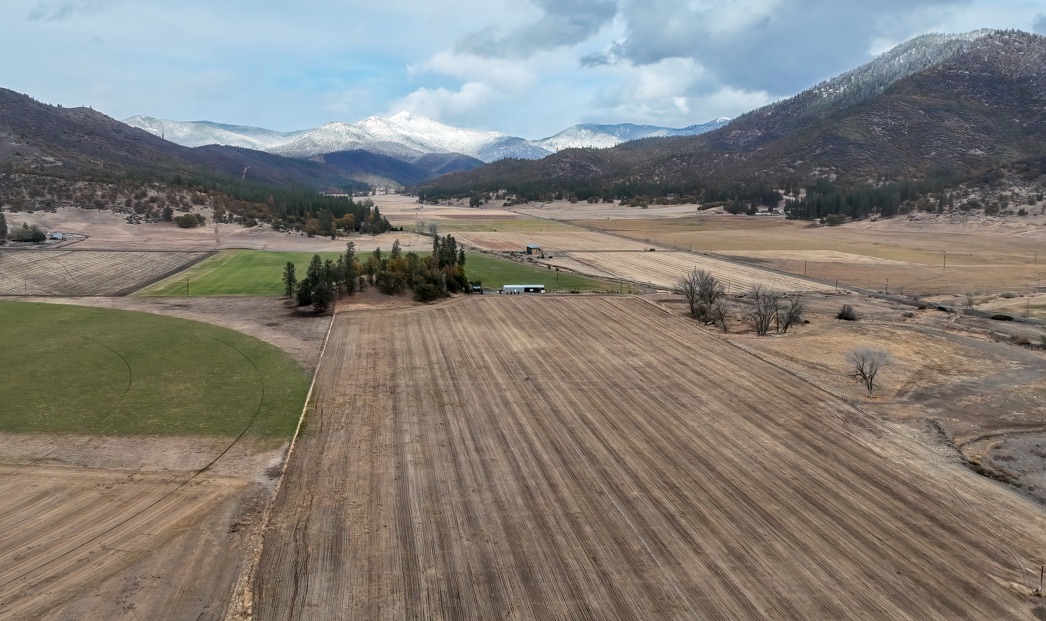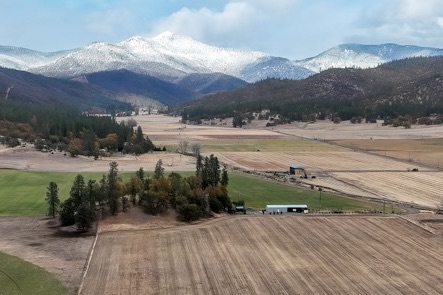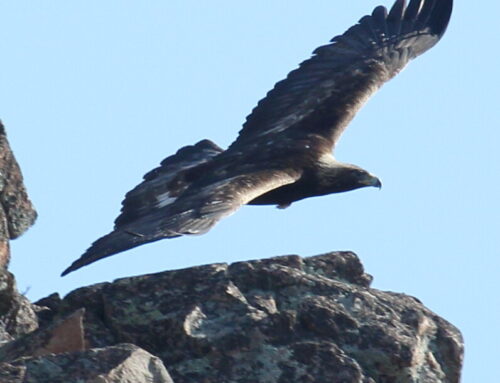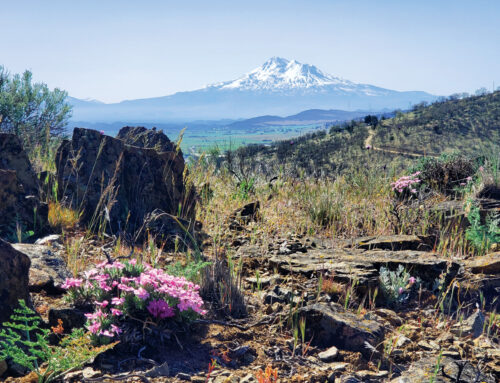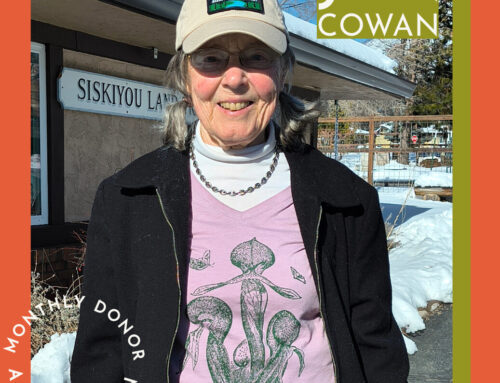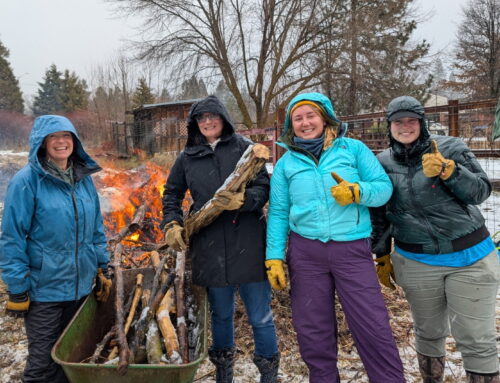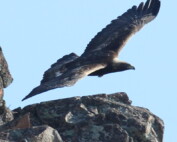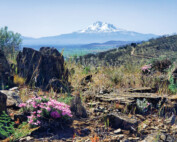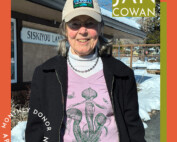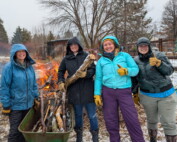Protecting Yreka Phlox – The Road to Success
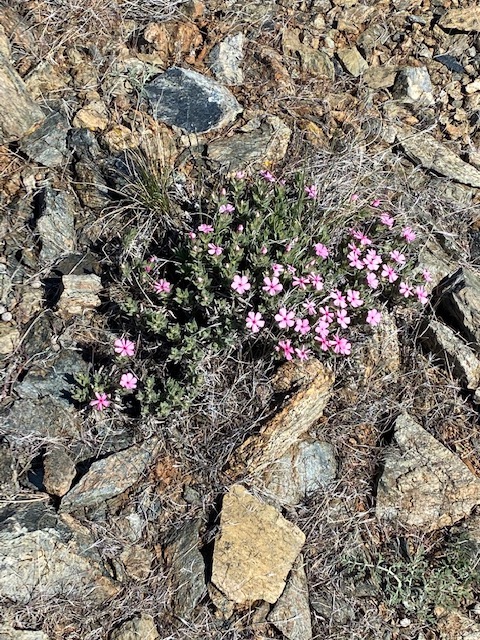 Valentines Day was chock full of love and support for two bold and beautiful Yreka Phlox plant populations that Siskiyou Land Trust initiated a project to protect in March 2020. The hallmark holiday marked the close of escrow on two properties that host this endangered plant endemic to only Yreka and surrounding mountains. According to our project partners at US Fish and Wildlife Service and CA Department of Fish and Wildlife, the two land acquisitions made by SLT increase the plant’s permanent protection from approximately 35% to 60% of the plants’ population.
Valentines Day was chock full of love and support for two bold and beautiful Yreka Phlox plant populations that Siskiyou Land Trust initiated a project to protect in March 2020. The hallmark holiday marked the close of escrow on two properties that host this endangered plant endemic to only Yreka and surrounding mountains. According to our project partners at US Fish and Wildlife Service and CA Department of Fish and Wildlife, the two land acquisitions made by SLT increase the plant’s permanent protection from approximately 35% to 60% of the plants’ population.
SLT will be adopting a management plan prepared by our conservation partners who have worked for over thirty years to bring awareness and protections forward for this endangered plant. These properties have been given “Preserve” status due to the sensitive nature of this plant species and special care to protect its small habitat range. Funding for the project came through the US Fish and Wildlife Service and the California Wildlife Conservation Board.
A docent led hike will be hosted by SLT on April 28, and co-led by retired USFWS botanist and conservationist Jennifer Silvera. You can find more information on this special Botanical Nature Walk by clicking here. Space is limited to 25 participants, so please fill out the online registration form (https://forms.gle/XjMMuUHWmeXvMmrHA) if you want to come along! Stay tuned for a community celebration of the phlox conservation easements in May.
Rainbow Ridge: Planning for A Demonstration Forest & Neighborhood Stewards
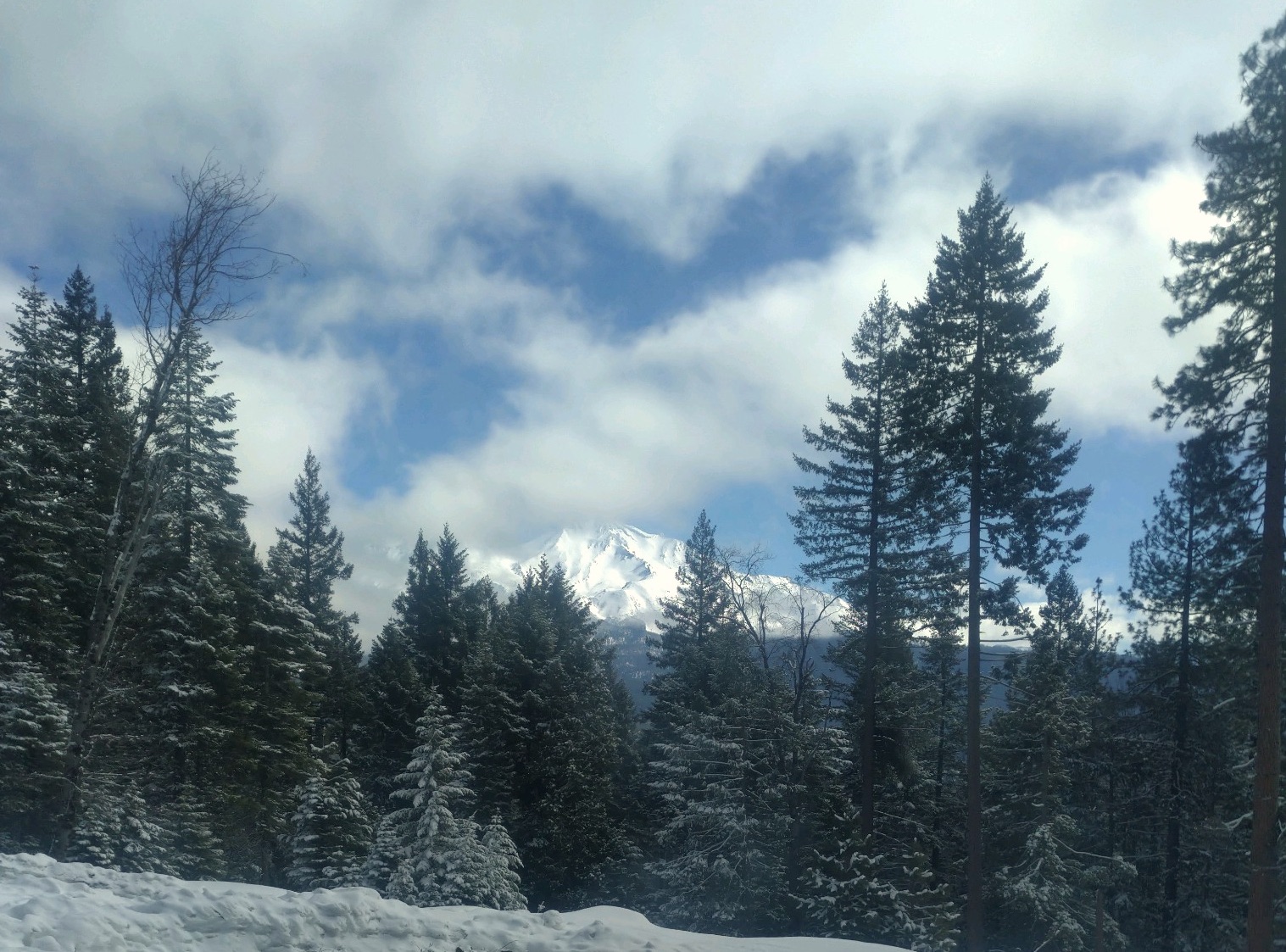 Since 2020, Land Trust Board and staff have been monitoring our Wherrit Forest property, meeting with our foresters, CalFire, and Shasta Valley Resource Conservation District for technical assistance, working with volunteers on infrastructure improvements and forest fuels reduction, and forming a neighborhood stewards’ group. As the Land Trust leadership wraps our heads around owning and managing a 600-acres forest sanctuary, three key elements have risen to the top as priorities:
Since 2020, Land Trust Board and staff have been monitoring our Wherrit Forest property, meeting with our foresters, CalFire, and Shasta Valley Resource Conservation District for technical assistance, working with volunteers on infrastructure improvements and forest fuels reduction, and forming a neighborhood stewards’ group. As the Land Trust leadership wraps our heads around owning and managing a 600-acres forest sanctuary, three key elements have risen to the top as priorities:
This property is conserved for the forest itself, first and foremost, not for recreation.
- This core principle directs SLT property management objectives and management decisions
- Thamar was clear; human access is secondary to wildlife and water, and preferably limited to certain areas of the property.
- The forest is not open to the public. Access may be granted through engaging with SLT as a neighborhood steward or by participating in an SLT sponsored event.
Develop a “Prescribed Fire Demonstration Forest”
- Focus stewardship decision on returning fire to the landscape and support climate resilience and fire safe communities in the process
- Integrate prescribed burning and related pre-treatments in existing management plans and future projects
- Integrate traditional ecological knowledge (TEK) of fire and forest stewardship by cultivating relationships with forest life, fire, tribal communities, and neighbors
Connection is Key
- SLT intends to connect community to this special place in a meaningful, thoughtful, and respectful way that includes developing a neighborhood stewards group who helps take care of the forest, hosting education and outreach events, and offering a series of “open lands” days with guided nature walks
- A forest-first stewardship focus can include engaging neighbors, volunteers, conservation partners, local tribes, educators, and the general public in a meaningful way
Watch for volunteer and learning opportunities to be offered to the public once this winter’s snow melts and we begin in earnest. Click here to join our mailing list to stay informed of upcoming opportunities and events.
RCPP: Landscape Scale Conservation Through a Regional Conservation Partnership Program
SLT is partnering with the federal Natural Resource Conservation Service to conserve at least 5,000-acres of working agricultural lands in Siskiyou County. Our focus for this program is to support multiple conservation benefits, primarily riparian corridors that host threatened salmon populations. To conserve valuable soil, fish and wildlife habitat and waterways, SLT plans to implement projects in the Scott, Shasta, and Upper Sacramento watersheds where conservation easements can establish anchor points of conserved lands or link to other conserved lands for enhanced benefits.
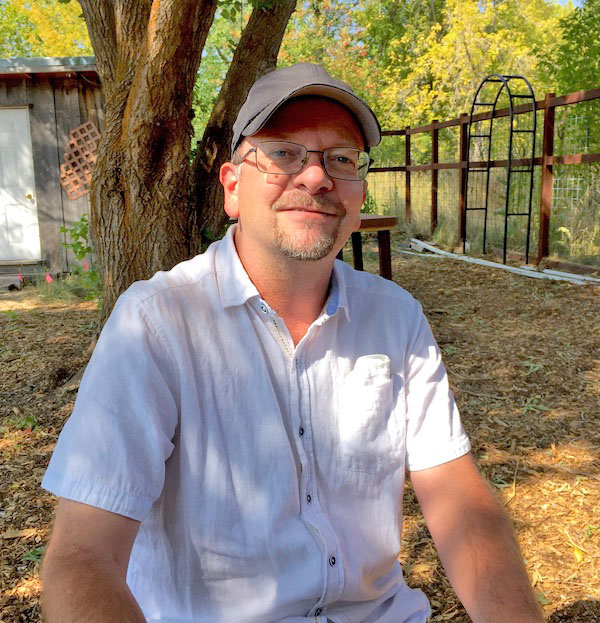 This 5 year, $6 million grant was awarded to SLT in 2021 under the NRCS Western Waters program. These funds will be leveraged with California state grant funds to partner with willing ranch landowners who want to prevent subdivision and conversion of agricultural properties and who partner with conservation organizations for long-term watershed stewardship. “We are very happy that the NRCS recognizes the importance of these ranches to maintaining a watershed that can support salmon” says Ed Stanton, SLT Project Manager. “It will be much more difficult to keep fish in these rivers if the landscape continues to be subdivided and developed into vacation homes.”
This 5 year, $6 million grant was awarded to SLT in 2021 under the NRCS Western Waters program. These funds will be leveraged with California state grant funds to partner with willing ranch landowners who want to prevent subdivision and conversion of agricultural properties and who partner with conservation organizations for long-term watershed stewardship. “We are very happy that the NRCS recognizes the importance of these ranches to maintaining a watershed that can support salmon” says Ed Stanton, SLT Project Manager. “It will be much more difficult to keep fish in these rivers if the landscape continues to be subdivided and developed into vacation homes.”
The RCPP grant has already created significant growth for SLT. Stanton, who was initially hired 2019 to complete a DOC grant, expanded the success of that program into the larger RCPP funding. Ed is now working on these ambitious goals. Alexis Robertson joined the SLT team in 2022, bringing her expertise in natural resource management and agriculture with a background in restoration, soil science, and livestock ranching. And as we expand information to the local ag community, an additional support person is being hired to assist with events and outreach efforts.
“Not only are these investments from NRCS and our state agencies helping sustain the County’s agriculture economy and salmon populations, but they also help the land trust create permanent, professional, natural resources management jobs.”
Siskiyou Land Trust is excited to look forward to significant conservation achievements with RCPP.
